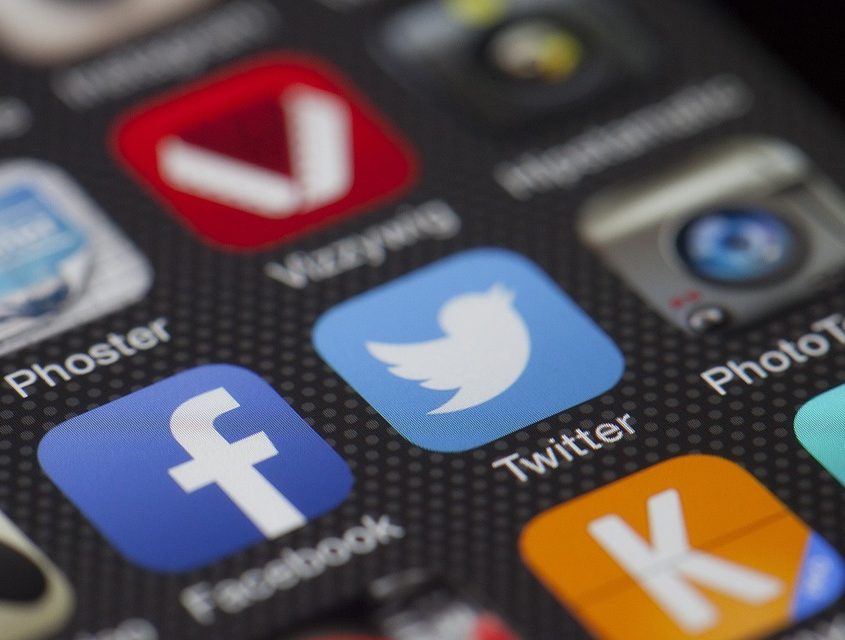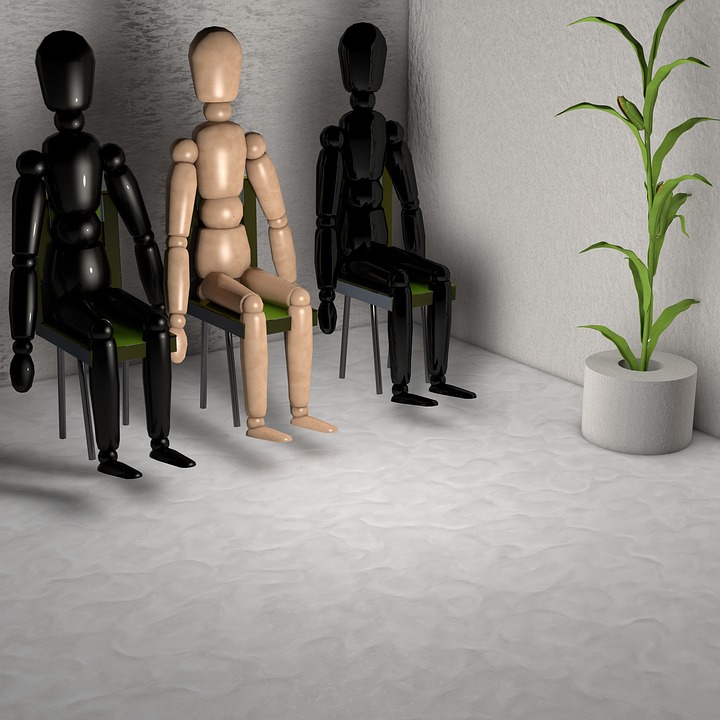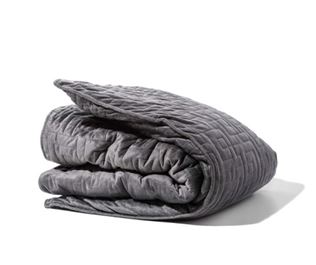It’s estimated that the average person has more than 6,000 thoughts every day.
This being an average, it means that some of us will have fewer thoughts. Some of us will have many more.
If you find that your mind is becoming overactive, it can cause a lot of stress. A busy mind can leave us unable to fully switch off or relax, which isn’t good for our health.
If this sounds like you, then read on as we look at some simple but effective ways to curb a busy mind.
What Is a Busy Mind?
A busy mind can be a mixture of thoughts, worries and anxieties, emotions, doubts, and other thought patterns.
We all have these types of thoughts on a daily basis, but when the sheer number of these thoughts begins to get too much, then you’re suffering from a busy mind. There’s nothing wrong with thinking about things, but when you start overthinking and aren’t able to control the number of thoughts you’re having, then you might want to consider ways to curb your busy mind.
How to Curb a Busy Mind
There are some simple but effective exercises you can try which can help to calm your busy mind. By incorporating these exercises into your daily life, you can begin to calm your mind and remove the stress that a busy mind can cause.
The Power of Pause
The modern world moves at a relentless pace, and it can feel like it’s not going to stop to give you a chance to catch your breath. Even if the world doesn’t pause for a second, it doesn’t mean you shouldn’t.
Take a moment to pause and focus your attention on your senses, allowing you to refresh and renew yourself without any other concerns. One of the simplest ways to do this is with a body scan.
- Sit comfortably with your feet flat on the floor and your hands in your lap
- If you can, close your eyes
- Bring your attention to your feet and feel the sensations as they interact with the floor
- Bring your attention to your legs and how they feel against whatever you are sitting on
- Now bring your attention to your chest and focus on your breathing, noticing the rise and fall
- Bring your attention to your arms and hands, noticing any sensations within them
- Open your eyes and feel how a short pause has made you feel refreshed and renewed
If you find your busy mind starts to think about other things during this exercise, don’t allow this to cause tension within you. Just acknowledge what has happened and redirect your attention to your body.
The power of the pause doesn’t have to involve taking a long break from your day. Try to incorporate short pauses into your daily life to slow things down a little. You could take a short pause:
- After completing your current task and before moving on to the next
- If you are interrupted, before dealing with the interruption
- If your phone rings or you get a message or email, take a short pause before checking your phone
By building these small pauses into your day, you break up the relentless pace of daily life and allow yourself room to breathe.
Mindful Listening
Have you ever had a conversation with someone where you suddenly realize you didn’t take in a single thing they said? Sometimes our minds are racing so much we fail to give attention to the person speaking.
Mindful listening involves bringing your full attention to the conversation you are having. Follow these steps:
- Stop whatever else you are doing and focus solely on the conversation
- Take a breath to give yourself time to process what you hear
- Focus only on the content of what is being said rather than how it makes you feel
- Ask yourself if you understand what has been said and if not, ask for clarification
- Reflect back on what you have been told to confirm your understanding
It can be harder to practice mindful listening when you’re on the phone rather than face to face. During phone calls:
- Put down anything you are holding so you’re not tempted to fiddle
- If it helps, close your eyes so that you’re not distracted by anything in your field of view
- Try to sit as still as possible to remove any distracting physical sensations
Connecting With Your Senses
A busy mind usually stems from thinking or worrying about things that have happened in the past or things that will happen in the future. A simple but effective way to pause those thoughts is to focus on the present moment.
One way to do that is to connect with your senses and bring your attention to what you are feeling in the here and now. The beauty of this technique is that you don’t have to take time out to do so; you can perform this exercise whilst going about your day. For example:
- When you’re eating, focus your attention on the sensations in your mouth and on your tongue
- When you’re getting dressed in the morning, bring your attention to the feeling of your clothes against your skin
- If you’re in bed at night, listen to the sounds in your room and outside
- If you’re driving, notice the sensations of your hands on the steering wheel
- If you’re out walking, notice the different smells around you
By bringing your attention to the present moment, you stop your brain from worrying about the past or the future, giving your busy mind a break and allowing yourself to reset and recharge.
Are You Looking to Curb a Busy Mind?
If you’re struggling to curb a busy mind and you find that these techniques aren’t sufficient to make a difference, then we’re to help.
We treat a wide range of mental health issues, from mood and anxiety disorders to trauma and personality disorders. We have the highest success rate of any comparable program based on published scientific outcome statistics. We also offer luxurious off-site housing right next door to our treatment center so that you can move seamlessly between your appointments and your accommodation.
We’re here to help; contact us today.












 Feeling hip? Start a new trend with your new handy
Feeling hip? Start a new trend with your new handy 

 Want to create a warm, relaxing, stress-free environment? Use
Want to create a warm, relaxing, stress-free environment? Use 

 Acupressure is an “in” thing! You wouldn’t think it by looking at it, but this Nayoya spiked mat and pillow ($39.97, Amazon) are designed to relieve your neck, back, and shoulders when you’re in pain. Using them consistently can also help you sleep better, improve your circulation, and take the edge off of everyday life and anxiety. Residual side effects of using this acupressure mat includes better sleep, circulation, and relief from stress and anxiety. What are you waiting for? Take a look
Acupressure is an “in” thing! You wouldn’t think it by looking at it, but this Nayoya spiked mat and pillow ($39.97, Amazon) are designed to relieve your neck, back, and shoulders when you’re in pain. Using them consistently can also help you sleep better, improve your circulation, and take the edge off of everyday life and anxiety. Residual side effects of using this acupressure mat includes better sleep, circulation, and relief from stress and anxiety. What are you waiting for? Take a look  Your blanket needs more weight. You may not have known it, but heavy, weighted0 blankets, like the 12 lb. polyester
Your blanket needs more weight. You may not have known it, but heavy, weighted0 blankets, like the 12 lb. polyester 



